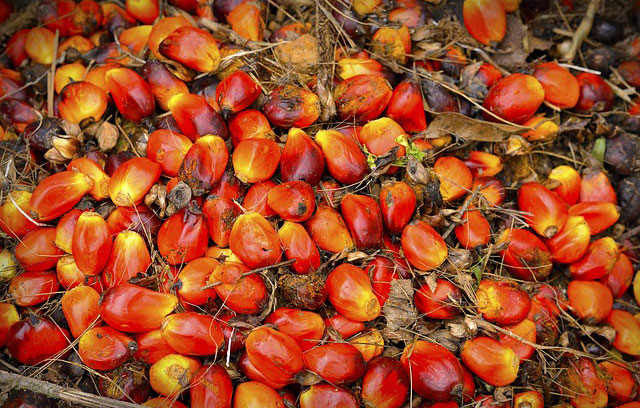Source: Oleoscope (Russia)
Between July 2024 and early March 2025, the EU saw a notable decrease in palm oil imports compared to the same timeframe last year, indicating a general reduction in consumption within the bloc, as noted by the German Oilseeds and Grains Promotion Union (UFOP).
The most recent data from the EU Commission shows that the total palm oil imported from outside the Union during the period from July 1, 2024, to March 6, 2025, was just under 1.9 million tons. This marks a significant drop from the 2.4 million tons imported in the corresponding period of the previous year. In the timeframe between July 2022 and March 2023, the EU 27 countries had tropical oil imports totaling around 2.8 million tons.
Indonesia remains the primary exporter, sending 608,000 tons, although this represents a 23% decrease compared to the same stretch last year. Malaysia, the second-largest supplier, also saw a reduction of around 30%, providing 426,800 tons. Research from Agrarmarkt Informations-Gesellschaft (mbH) indicates that the reduction in shipments from Guatemala is even steeper at 37%. Conversely, Papua New Guinea experienced a slight increase in its supplies during this period.
The UFOP points to the planned elimination of palm oil biofuel credits by 2030, as outlined in the EU’s Renewable Energy Directive (RED II), as a key factor behind the fallen palm oil imports. Furthermore, the association notes that biodiesel supply to Germany—and subsequently to the EU—has risen due to the double counting of biofuels derived from certain waste oils under greenhouse gas reduction mandates. This situation is also reflected in the heightened levels of biodiesel exports from Germany, which surged to 1.62 million tons, up from 1.27 million tons in 2023.
Additionally, it has been reported that Russia has also cut back on its palm oil imports, which have dropped to a decade low of 795,000 tons.
For 2025, Indonesia is projected to export 6.9% less palm oil, amounting to 27.5 million tons, according to earlier reports from the largest group of palm oil producers in Indonesia (GAPKI).

